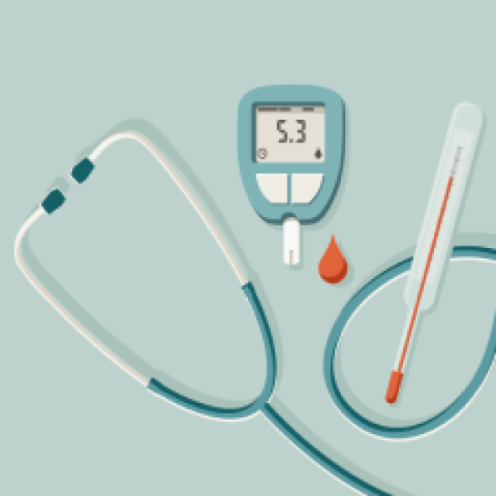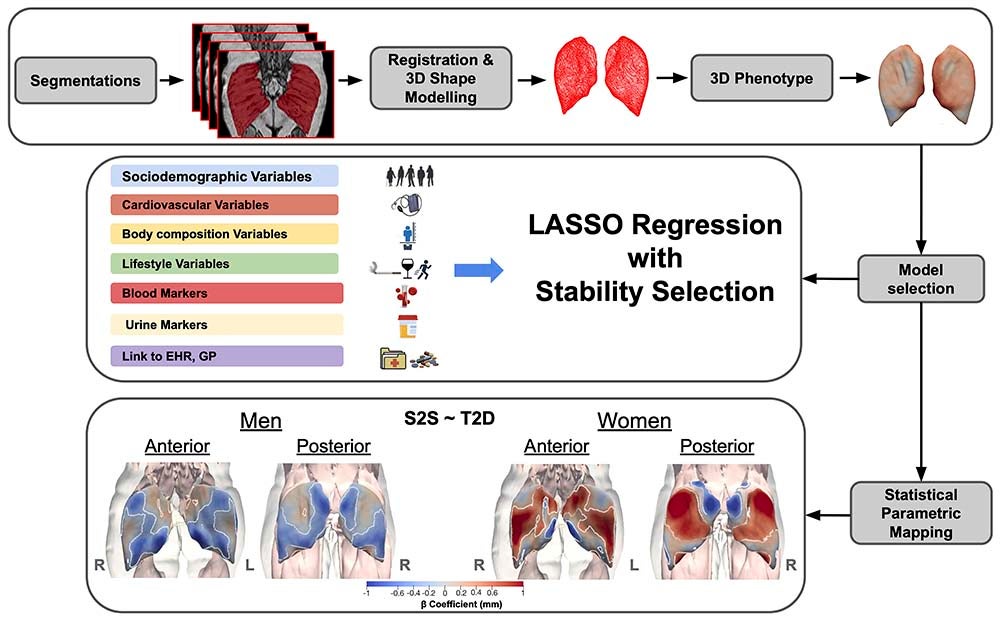- News
- Health
People with higher fitness had greater gluteus maximus shape when compared to those with a sedentary lifestyle
Bryony GoochFriday 28 November 2025 11:42 GMTComments open image in galleryActivities likes squatting and lunging more can help improve the shape of glutes (Getty Images)
open image in galleryActivities likes squatting and lunging more can help improve the shape of glutes (Getty Images)
Sign up for our free Health Check email to receive exclusive analysis on the week in health
Get our free Health Check email
Get our free Health Check email
 Email*SIGN UP
Email*SIGN UPI would like to be emailed about offers, events and updates from The Independent. Read our Privacy notice
The shape of your gluteus maximus can predict whether you are more likely to develop diabetes, new research suggests, adding to the evidence that a high-fitness lifestyle will keep you healthier for longer.
The NHS has long warned that as people become older and more overweight, the chance of developing Type 2 diabetes increases. Now, research indicates that the shape of the muscle in our rear ends changes with age and with conditions such as diabetes or osteoporosis.
Not only is the gluteus maximus one of the largest muscles in the human body, but it also plays an important role in metabolic health, researchers from the University of Westminster explained.
Dr Marjola Thanaj, the study’s co-author from the university’s research centre for optimal health, said: “People with higher fitness, as measured by vigorous physical activity and hand grip strength, had a greater gluteus maximus shape, while ageing, frailty and long sitting times were linked to muscle thinning.”
 open image in galleryScientists mapped the shape of the gluteus maximus and its impact on people's health (Radiological Society of North America)
open image in galleryScientists mapped the shape of the gluteus maximus and its impact on people's health (Radiological Society of North America)Researchers used MRI 3D mapping to create a three-dimensional anatomical model which revealed distinct, sex-specific patterns in the gluteus maximus muscle associated with Type 2 diabetes. Compiling data from 61,290 MRI exams housed in the UK Biobank database, the MRI analysis suggested that the shape - not size - of the muscle may reflect metabolic differences connected with the illness.
Analysis of participants with diabetes showed that men categorised as “frail” had more general muscle shrinkage across the gluteus maximus, while women had more enlarged muscle that was likely due to infiltration of fat within the muscle, the researchers found.
Dr Thanaj said the results suggest that men and women have very different biological responses to the same disease.
The study highlights the importance of maintaining muscle mass, not just for strength reasons, but because of how muscle helps regulate blood sugar and reduces the risk of conditions ranging from cardiovascular disease to fatty liver disease.
Professor Louise Thomas, a senior author of the study, told The Times: “Maintaining muscle mass as we age is one of the most important things we can do for our long-term health.
“If people understand how important their muscles are, and make small changes to keep them healthy, that could have a huge impact on disease across the population.”
Changes as simple as taking the stairs rather than the lift, or adding some squats and lunges into a weekly routine, can help to maintain and train your gluteus maximus.
The research will be presented next week at the annual meeting of the Radiological Society of North America.
More about
ResearchresearchersDiabetesNHSJoin our commenting forum
Join thought-provoking conversations, follow other Independent readers and see their replies
Comments
